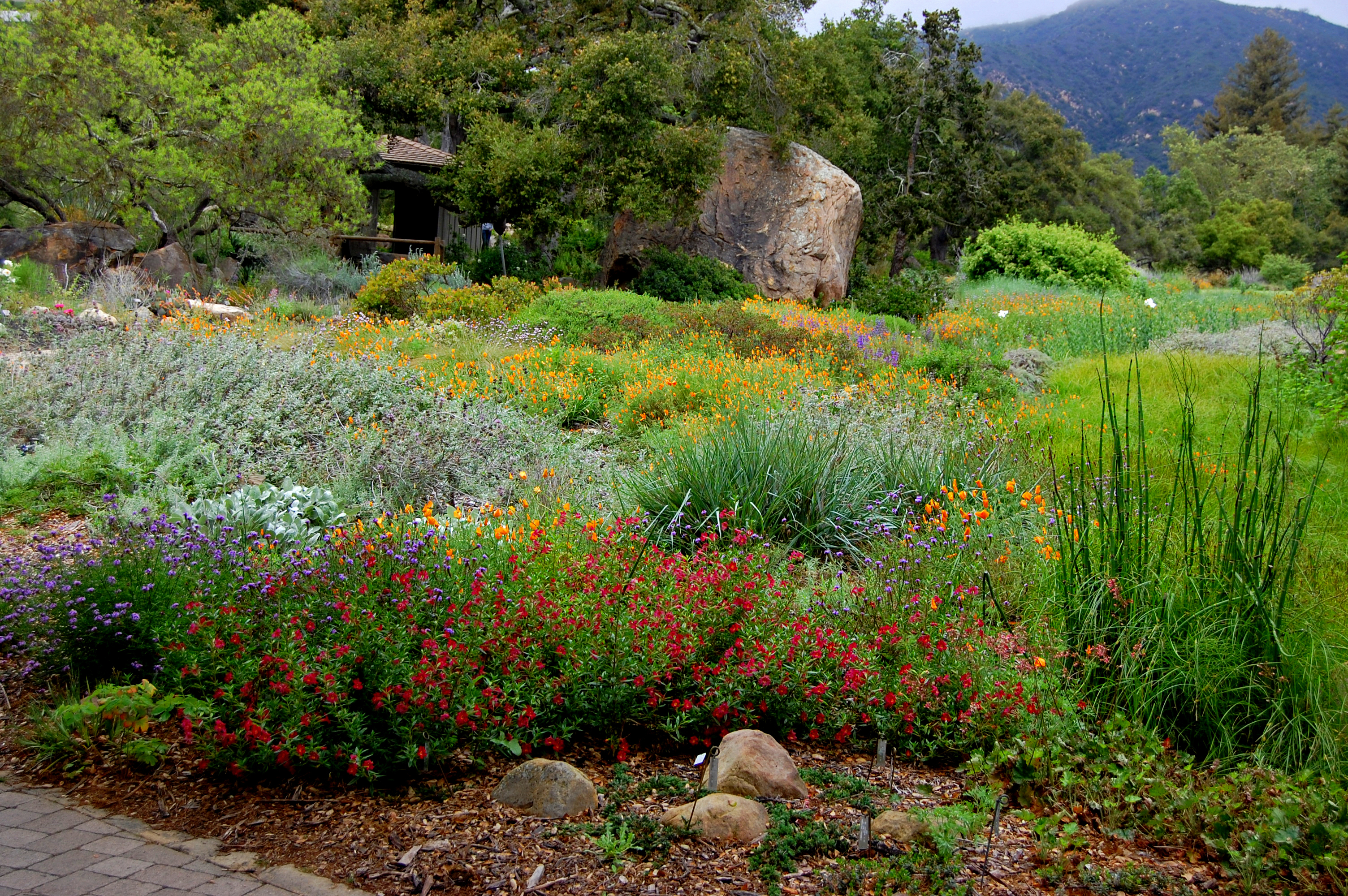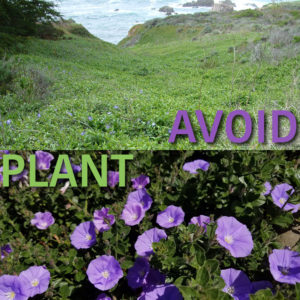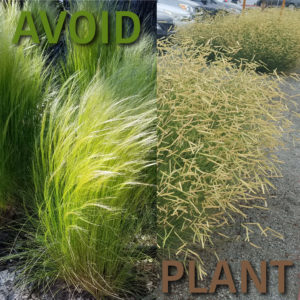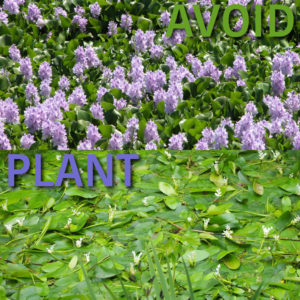
Photo courtesy of faroutflora.com
California’s a special place, with some of the most beautiful lands in the country and vibrant wildlife. Unfortunately, a lot of the habitats our unique flora and fauna depend on are in trouble, thanks to one of the biggest threats to biodiversity: invasive plants.
Invasive plants are non-natives that come with a big cost: from changing soil composition to outcompeting native plants, and even affecting water quality and increasing flood hazards, invasive plants damage native species, and pose threats to people and our economy. Sustainable Conservation’s PlantRight initiative works with nurseries, plant propagators and nationwide retailers to halt the sale of invasive plants before they’re introduced to our landscapes, and promote safe, non-invasive alternatives.
Help protect our wild lands by making sure parts of your home gardens aren’t likely to hop the fence! Below are a few of the most commonly sold invasive plants in California and their most popular non-invasive alternatives. You can also be a part of the solution by utilizing our low-water garden guide to help you choose beautiful, non-invasive plants for your home gardens that’ll also help you conserve every drop.
Periwinkle
 Periwinkle, or Vinca major, may look small and harmless but it’s actually a fast-growing invasive plant that forms a dense mat on the ground, crowding out other vegetation and degrading animal habitat. Because periwinkle spreads through its sprawling stems, even small, fragmented plants are enough to start a new vine and continue the invasion.
Periwinkle, or Vinca major, may look small and harmless but it’s actually a fast-growing invasive plant that forms a dense mat on the ground, crowding out other vegetation and degrading animal habitat. Because periwinkle spreads through its sprawling stems, even small, fragmented plants are enough to start a new vine and continue the invasion.
Instead of this highly invasive plant, we suggest ground morning glory, or Convolvulus mauritanicus. This plant’s gorgeous purple flowers flourish in the Central Valley and California coastal regions.
Mexican feathergrass

Now a ubiquitous sight in urban spaces, agricultural areas, forests, open grasslands and along rivers, Mexican feathergrass, or Stipa/Nassella tenuissima, is a drought-tolerant, emerging invasive that crowds out native grasses. The plant produces thousands of seeds thatare dispersed by wind, water and even animal droppings. In its native Argentina, Mexican feathergrass is even considered unpalatable grass, forming indigestible balls in the stomachs of grazing livestock.
A safe alternative to this damaging invasive is Blue grama grass, or Bouteloua gracilis ‘Blonde Ambition’. This plant boasts pretty, eyelash-shaped flowers and is a low-maintenance lawn substitute in every region except California’s most arid.
Water hyacinth
 It’s beautiful, it’s all over the Delta, and it’s incredibly invasive. Water hyacinth, or Eichhornia crassipes, flourishes in fresh water and has a long lifespan, with seeds that can live up to 20 years! Water hyacinth poses a threat to water quality and fish habitat by deoxygenating the water it covers, and increases water loss from lakes and rivers by increasing their evaporation rate.
It’s beautiful, it’s all over the Delta, and it’s incredibly invasive. Water hyacinth, or Eichhornia crassipes, flourishes in fresh water and has a long lifespan, with seeds that can live up to 20 years! Water hyacinth poses a threat to water quality and fish habitat by deoxygenating the water it covers, and increases water loss from lakes and rivers by increasing their evaporation rate.
For a lovely addition to your waterscapes, consider Cape pondweed, or Aponogeton distachyos. Its pretty white flowers and oval floating leaves are a beautiful, and safe, addition to your home gardens in nearly every region of the state.
